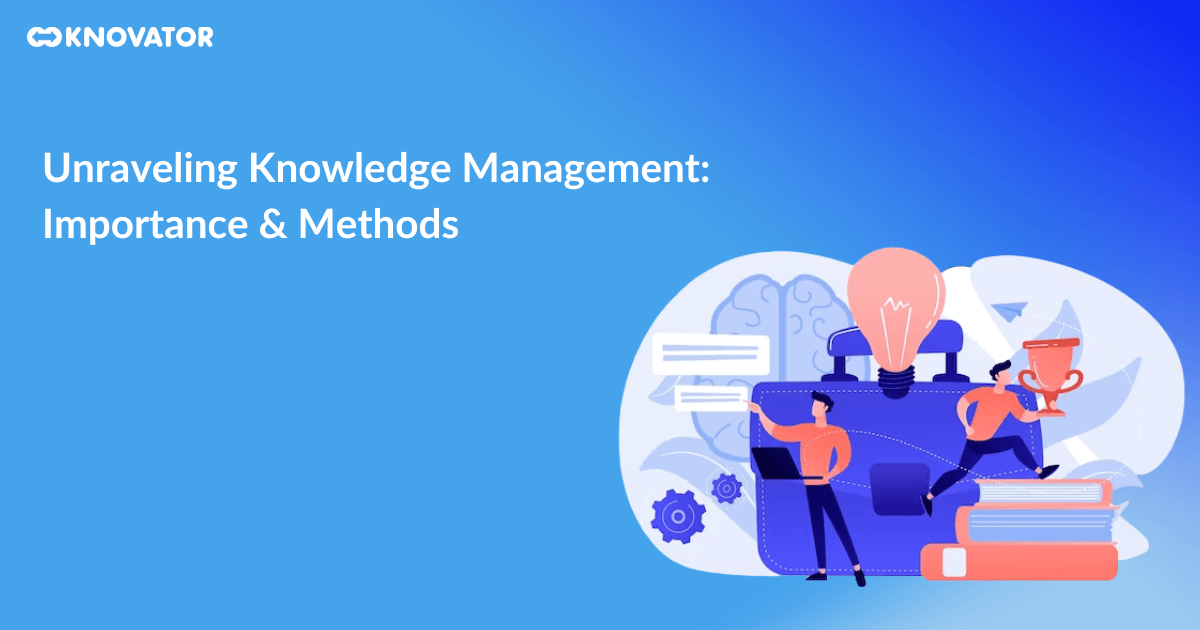Have you ever wondered how organizations efficiently gather, store, and use knowledge to achieve their goals? Knowledge Management is the key to unlocking this power!
Knowledge is the foundation of progress and success in any organization. Knowing how to manage knowledge properly can make all the difference.
Whether you work in a company, study in school, or just love learning, this post is perfect for you. Let’s jump in and discover the amazing world of Knowledge Management together! We’ll explore what it is, why it’s essential, and how it can benefit businesses and people.
Let’s begin!
What is Knowledge Management & Why Is It Important?

Imagine you work in a big company. There’s so much information floating around – from customer data to project reports. Knowledge Management helps gather, store, and share all this knowledge with the right people. This way, everyone can access the right information at the right time, making the work process more efficient.
The purpose of knowledge management is to help employees find the information they need. And connect them with those who have that knowledge. It’s like a bridge linking those seeking answers with those who already know the answers. This way, everyone in the company can access the right information, making work smoother and more efficient.
By sharing knowledge, teams can work better, learn from each other, and make smarter decisions. Knowledge management ensures valuable information is kept and available to those who need it.
Types of Knowledge in Knowledge Management
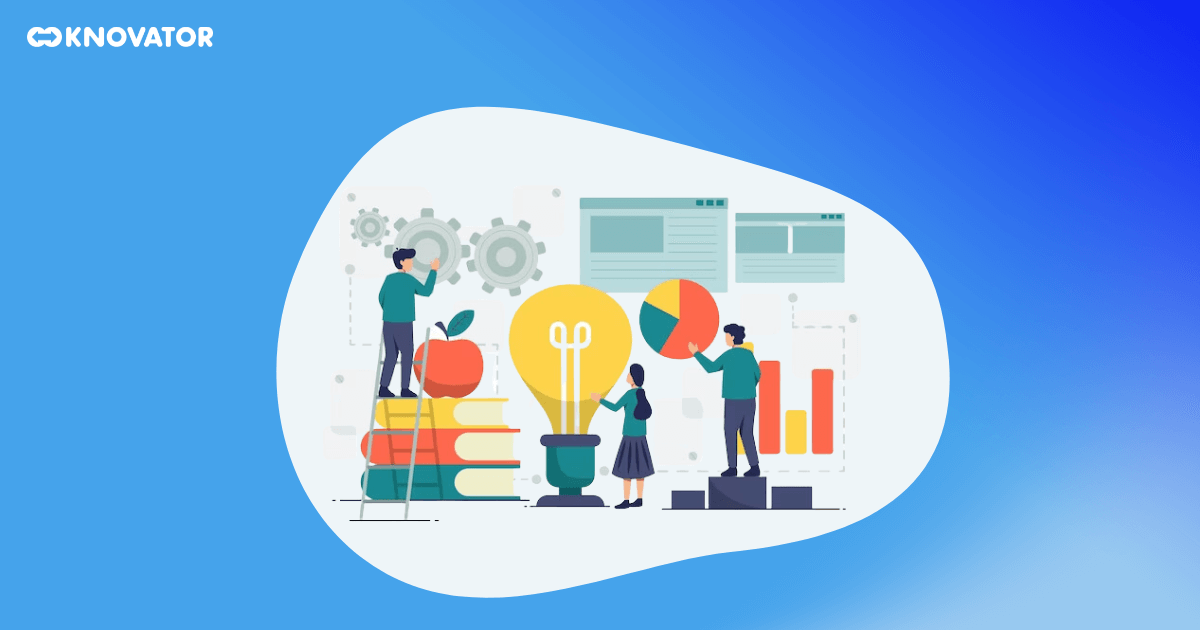
There are three main types of Knowledge:
Explicit Knowledge
Explicit Knowledge is like the information written down or documented in some way. It’s the stuff that you can easily find in books, manuals, or databases. This knowledge is formal and easy to communicate because it’s well-structured and can be easily shared with others.
For example, a recipe for baking a cake or a step-by-step guide for using a software program is explicit knowledge. People can learn from and understand it without depending on personal experiences or skills.
Implicit Knowledge
Implicit Knowledge is trickier to capture because it’s not explicitly written or stated anywhere. This knowledge is informal and resides in people’s minds based on their experiences, skills, and expertise. It’s like the knowledge from years of practice and learning on the job.
For instance, a chef may know how to create a perfect balance of flavors without using any specific measurements, and that’s implicit knowledge. It’s not written down but important for their cooking success.
Tacit Knowledge
Tacit knowledge is the deepest and hardest to understand. It’s the knowledge that is often difficult to transfer to others because it’s so personal. This knowledge is usually based on emotions, insights, and intuitions that can’t be easily put into words.
For example, an experienced salesperson may naturally understand customers’ needs and emotions during a conversation, and that’s tacit knowledge. It’s something they know, and it’s challenging for them to explain how they do it.
Areas of Knowledge Management
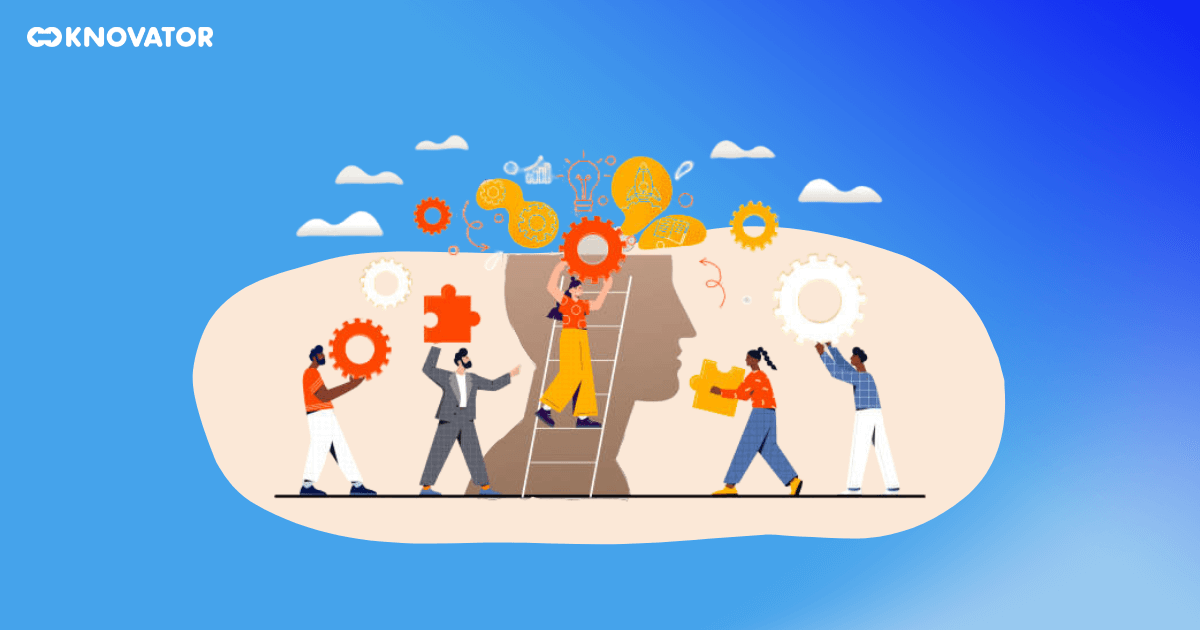
Accumulating Knowledge
The first area of knowledge management is gathering information and knowledge from various sources. It includes collecting data, insights, and experiences from employees, customers, and external resources.
Companies can use surveys, interviews, and research to accumulate valuable knowledge. Knowledge management aims to capture as much useful information as possible. It helps in making well-informed decisions and solving problems effectively.
Storing Knowledge
Once the knowledge is collected, the next step is to store it in an organized and accessible way. Storing knowledge involves creating databases where all the information can be safely kept.
Proper categorization is crucial to make it easy for employees to find the right information when needed. Storing Knowledge ensures that valuable insights and experiences are preserved and utilized efficiently.
Sharing Knowledge
The third area of knowledge management is sharing the accumulated knowledge with the right people. It involves creating channels and platforms for employees. These channels exchange information, ideas, and best practices. Collaboration tools, training sessions, and internal communication are vital in sharing knowledge.
When knowledge is shared, it benefits the entire organization by promoting a learning culture. It encourages innovation and improves overall performance. Sharing knowledge ensures that everyone has access to the organization’s collective wisdom.
Examples of Knowledge Management
Here are the examples of knowledge management:
Staff Retiring
When a long-time employee is about to retire, their knowledge and expertise are invaluable to the organization. Knowledge management comes into play by preserving their valuable insights and experiences.
Before retirement, the retiring staff member can share their knowledge with their colleagues through mentoring, training sessions, or documenting their processes. This way, the organization can preserve critical knowledge and pass it on to the next generation.
It helps maintain continuity and prevents the loss of essential information when a key employee leaves.
Employee Transfer or Promotion
Employees may take their specific knowledge and skills with them when promoted to a higher position. Knowledge management facilitates the transfer of their knowledge to their new team members. The departing employee can conduct knowledge-sharing sessions, create handover documents, or provide on-the-job training to the new team members. It ensures a smooth transition, allowing the new team members to benefit from the expertise of their experienced colleagues.
Knowledge management also involves creating a culture of knowledge sharing within the organization. It encourages employees to share their knowledge willingly and proactively. This way, valuable information is not confined to individual employees but is shared and utilized for the benefit of the entire organization.
Process of Knowledge Management
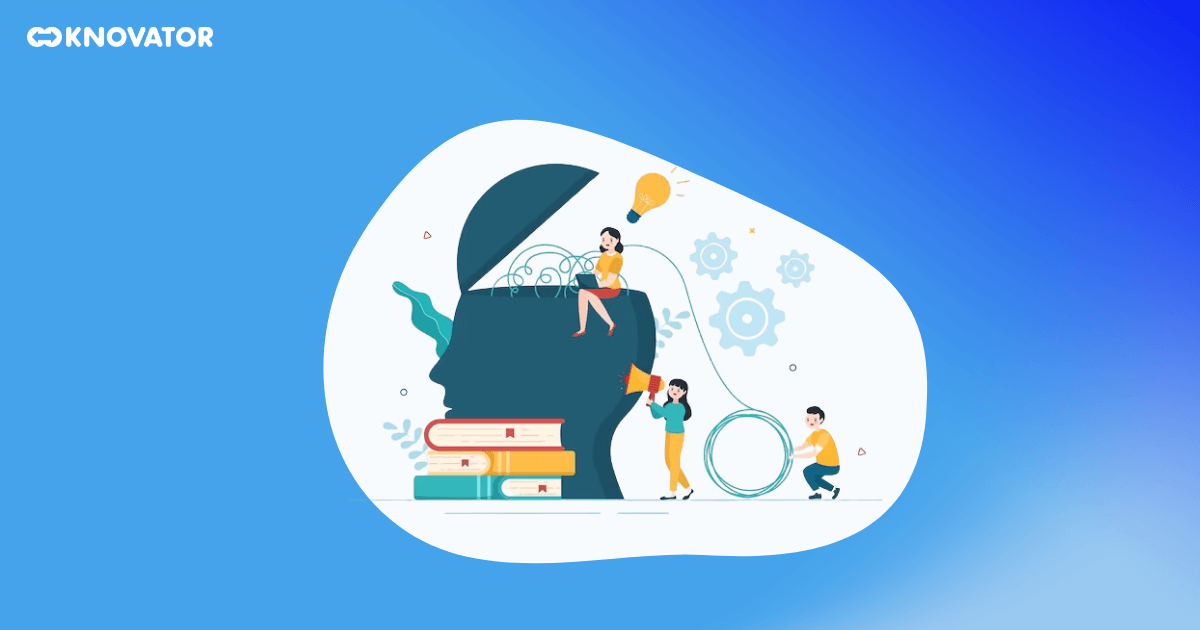
1. Discovery
The first step is discovering valuable knowledge from various sources. It includes data, experiences, and insights from employees, customers, and external resources. Discovery involves actively seeking relevant information.
2. Collection
Once valuable knowledge is discovered, it must be collected and organized systematically. It can be done through surveys, interviews, documentation, and other methods. The aim is to gather all the relevant information and make it accessible for future use.
3. Assessment
After collecting knowledge, it’s essential to assess its quality and relevance. Not all information may be useful or accurate. So, evaluation helps determine what should be retained and what can be discarded. This step ensures that the knowledge available is reliable and beneficial.
4. Sharing
Next, sharing knowledge is crucial to make it available to the right people within the organization. It can be done through collaboration tools, training sessions, workshops, and internal communication platforms. Sharing knowledge promotes a culture of learning and collaboration.
5. Application
Once knowledge is shared, it’s time to put it to use. Applying knowledge involves using insights and information to make informed decisions, solve issues, and improve processes. By applying knowledge effectively, organizations can enhance their performance and productivity.
6. Creation
Lastly, the process of knowledge management includes creating new knowledge. It happens through learning from experiences, experimenting with new ideas, and gathering feedback. Creating knowledge contributes to the organization’s growth and innovation.
By following these steps, organizations can effectively manage their knowledge, tap into their collective wisdom, and continuously improve their performance and success. Knowledge management ensures that valuable information is preserved and used. It becomes a powerful tool for achieving organizational goals.
Knowledge Management Methods
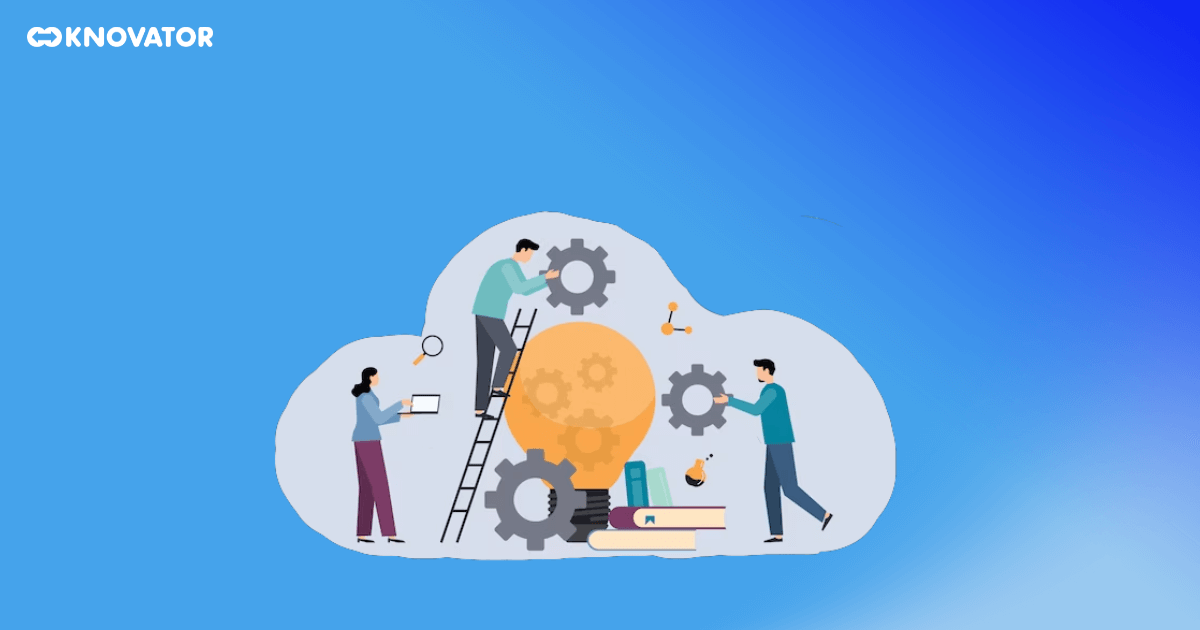
1. Tutoring & Training, Communities of Practice, and Q&A
One way to manage knowledge is through tutoring and training sessions. Employees learn from experienced colleagues who pass on their expertise and skills.
Communities of Practice are groups where people with similar interests and knowledge exchange ideas.
Q&A sessions help answer questions and solve problems by tapping into the organization’s collective wisdom.
Benefits :
- Questions can be answered right away.
- If there are any questions about the data, clarifications can be offered.
- Facilitators can lead brainstorming sessions to make the most of the collective wisdom and expertise of the group.
- In-person learning is more memorable, making it easier to remember the information later on.
2. Forums, Intranets, and Collaboration Environments
Forums and Intranets are like online spaces where employees can discuss and share information. They allow open communication and promote collaboration among teams.
Collaboration environments offer tools for working together on projects and sharing knowledge in real time.
Benefits:
- Collaboration is the key to new and creative ideas.
- It is possible to bring together many experts from different parts of the world, even if they are far away.
- By connecting with remote teams, we improve teamwork and easily share knowledge and experiences.
3. Documentations, Guides, Guidelines, FAQ, and Tutorials
Documentations and guides store explicit knowledge in written form. Guidelines help employees make decisions based on best practices.
FAQs answer common questions, and tutorials teach new skills step-by-step.
Benefits :
- The organization has an invaluable source of data of up to date information.
- Online sharing and finding are simple.
- Easily incorporates the knowledge of several people into a single package.
4. Environment for Learning and Development
Organizations can create an environment that encourages continuous learning and development. It includes providing resources, time for learning, and growth opportunities.
Benefits:
- When employees are motivated, they can develop themselves as they wish.
- Training pathways are set up to guide their learning journey.
- There are many resources available to create new and exciting content regularly.
- The structure of the system makes it easy to find the topics you need
5. Webinars
Webinars are online seminars or presentations where experts share their knowledge with a larger audience. They allow people to learn from anywhere and interact with the presenters.
Benefits:
- Accessible to all employees that are interested in attending.
- Participants can inquire specifically about problems they are experiencing.
- It can be recorded and used again.
6. Case Studies
Case studies analyze real-life situations and solutions to learn from past experiences. They help in problem-solving and decision-making by offering valuable insights.
Benefits:
- Keep a complete record of what you’ve learned.
- Easily share these lessons with others.
- Complex ideas can be communicated efficiently through webinars.
By using knowledge management methods, organizations can ensure that valuable information is utilized. These methods also help information continuously grow and improve within the organization. Knowledge becomes a powerful asset, contributing to the organization’s success and innovation.
Knowledge Management Systems
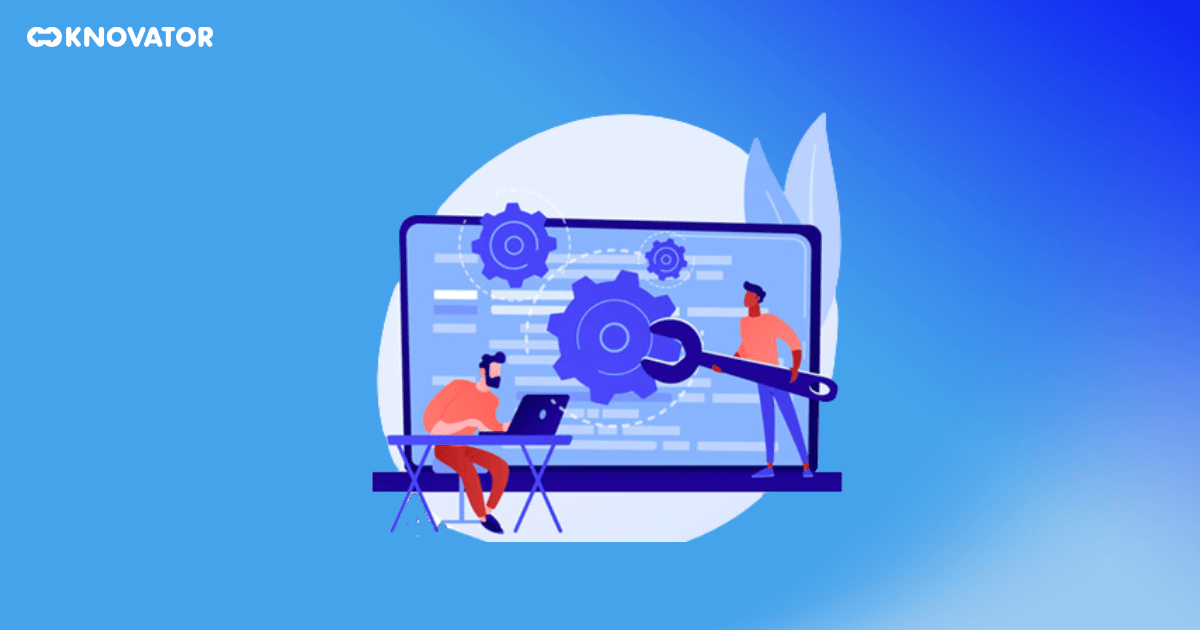
KMS has features that allow users to create and update documents and guidelines. They also include search functionalities. It helps users find the information they need. Some KMS incorporate collaboration tools. It enables employees to collaborate on projects, share ideas, and exchange knowledge.
Knowledge management systems include:
- Feedback Database: The organization can receive feedback from all parties creating a product. It may include designers, salespeople, and consumers. All parties can access the input and make important changes with improved knowledge.
- Research files: A company researches the market and consumers to create projects and ideas. This research helps them understand what people need. It also helps find gaps in the market and predict upcoming trends. The company shares this information with all departments. Everyone can use the information to make better decisions and develop new ideas. This way, the company stays ahead of the competition and meets its customers’ needs.
By using Knowledge Management Systems, organizations can centralize their knowledge resources. It ensures information consistency and promotes a culture of learning and collaboration.
Embracing Knowledge Management: A Path to Success
Knowledge Management is important for any organization. It helps in collecting, organizing, and using information. By managing knowledge, companies can make better decisions. They can solve problems faster and promote a culture of continuous learning.
The benefits of knowledge management include increased productivity, improved collaboration, and better innovation. Training, documentation, and collaboration tools help share knowledge within the organization. Knowledge Management helps businesses stay strong in their industry. It enables them to compete well, adjust to changes, and succeed in what they do.
